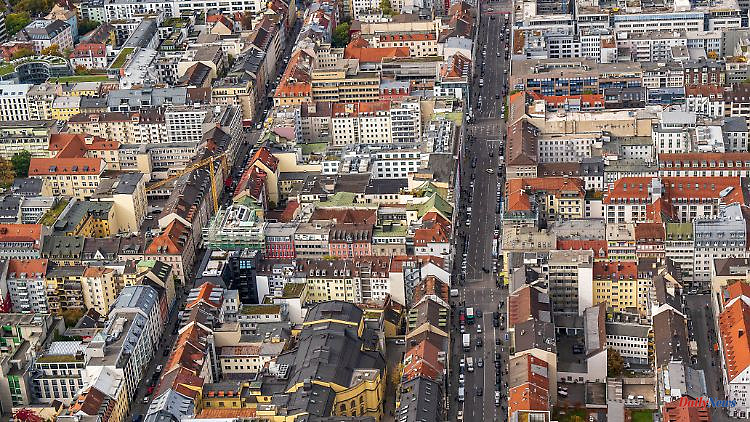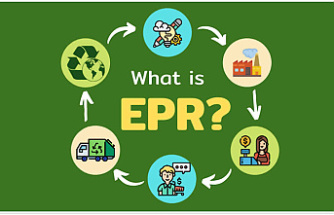The gloomy situation on the housing market should actually relax in 2022. But the year of crisis is causing even greater frustration among those looking for an apartment. In the popular big cities, the vacancy rate is approaching zero. It's different in the country.
Instead of the promised relaxation on the housing market, the situation in major cities is getting worse. The already low vacancy rates in metropolitan areas are currently approaching zero. This is reported by the "Frankfurter Allgemeine Zeitung" with reference to an unpublished study by the analysis company Empirica. At the same time, more and more properties are vacant in shrinking regions, according to the study. "If things continue like this, we'll soon have 0.0 percent vacancies in the big cities," CEO Reiner Braun told the newspaper.
Looking at Germany as a whole, the situation does not appear so bleak. According to the latest available data, around 607,000 apartments were empty at the end of 2021. The year before, the figure was 611,000. According to the study, the vacancy rate remains unchanged at 2.8 percent. Usually, the real estate market in a city or county is considered tight when the vacancy rate is below 2 percent. However, the metropolitan areas are far below this figure: in Frankfurt am Main the vacancy rate fell from 0.5 to 0.3 percent within these five years, the same applies to Münster and Freiburg. In Munich, only 0.2 percent of the apartments were empty at the end of 2021 - just as many or few as in 2016.
On the other hand, those looking for an apartment have a free choice in Pirmasens, Frankfurt/Oder and Chemnitz: the vacancy rate there was 9 percent or more recently. In other words, about every eleventh apartment in these cities is empty. In eastern Germany - excluding Berlin - the vacancy rate of 6.2 percent was significantly higher than in western Germany at 2.1 percent. Saxony-Anhalt had the highest vacancy rate among the federal states at 8.1 percent, followed by Saxony (6.6 percent) and Thuringia (6.1 percent). In contrast, the lowest vacancy rates were in the city states of Hamburg (0.4 percent) and Berlin (0.8 percent), followed by Bavaria (1.2 percent) and Baden-Württemberg (1.3 percent).
The authors of the study had still counted on a trend reversal for the end of 2021. The vacancy rate no longer only increased in rural regions, but also in some growth regions for the first time since 2006. However, the hope of a relaxation in the coveted "swarm cities", to which many people are drawn, did not last long. "Less is being built and there is more immigration again," says Braun, explaining the increasing shortage, according to the FAZ. The analysis house belongs to the group of "real estate experts", which submit an appraisal to the federal government every year.












